Join our colleague Justin as he shares his experience with the Kelp Forest Foundation in Namibia as part of his Roland Berger Social fellowship. Discover how his journey unveiled the incredible potential of kelp forests in combating climate change and supporting coastal communities. From evaluating ecosystem services to fostering community empowerment, Justin's insights highlight the vital role of nature-based solutions in building a sustainable future.


Ecosystem services valuation of a kelp forest in Namibia
How kelp forests can drive biodiversity conservation and economic growth
Protecting biodiversity requires not only conservation efforts but also a clear understanding of the economic value that ecosystems provide. Recognizing this, Roland Berger has developed a comprehensive valuation methodology and framework to quantify the benefits of ecosystem services. By assigning tangible economic value to nature, this approach helps bridge the financing gap for biodiversity protection and supports more informed decision-making. This quantification can be very useful to public and private investors, public decision makers and non-governmental organizations active in conservation and restoration of ecosystems.

As part of a joint initiative with the Kelp Forest Foundation, a valuation case study was carried out on a 31-hectare kelp forest in Lüderitz , Namibia. By quantifying the local value of the forest's ecosystem, we aimed to support more effective communication with stakeholders. Our valuation honed in on the real ecological impact of the kelp forest, such as carbon sequestration, coastal protection, and marine biodiversity, while aligning with its contribution to local conditions and stakeholder needs, including kelp harvesting and processing.
Ecosystem services are the various benefits that humans derive from healthy ecosystems. These ecosystems, when functioning well, offer such things as food, natural pollination of crops, clean air and water, decomposition of wastes, or flood control.
Targeting biodiversity: COP15's call to action
The urgency of addressing biodiversity loss is widely recognized. The Kunming-Montreal Global Biodiversity Framework (KMGBF), adopted at COP15 in Montreal (the UN Biodiversity Conference), set ambitious goals to integrate biodiversity into national policies and mobilize financial resources. Despite these commitments, however, an average annual funding gap of USD 700 billion in biodiversity funding persists, threatening vital ecosystems such as forests, wetlands, coral reefs and grasslands.
Building on COP15's momentum, COP16 in Cali, Colombia in October 2024 reinforced the need for innovative financial mechanisms, such as biodiversity credits and public-private partnerships, to accelerate funding for conservation. A major outcome of COP16 was the push for standardized frameworks to track and measure biodiversity progress, ensuring accountability and driving meaningful action. Among these frameworks are those that measure the value of the ecosystem services of Nature-Based Solutions (NbS).
NbS take a powerful approach to tackling biodiversity challenges by leveraging natural processes to provide essential services, including carbon sequestration, water management, and disaster risk reduction. Examples include green roofs, agroforestry, coral reefs and kelp forests. NbS can therefore also be an economic opportunity. They create jobs, cut disaster recovery costs, and attract private investment through a range of mechanisms; in this way, NbS aligns with global biodiversity goals, such as the KMGBF, by strengthening ecosystem resilience and promoting sustainable development.
The role of kelp forests
Kelp forests are vital ecosystems which play a crucial role in maintaining biodiversity and supporting marine life. They provide habitat and food for a diverse array of species, including fish, invertebrates and marine mammals, thus contributing to the overall health of ocean ecosystems. From a climate perspective, kelp forests are significant carbon sinks; they absorb carbon dioxide from the atmosphere, helping to mitigate climate change effects. For local communities and coastal populations, kelp forests support centuries-old kelp harvesting livelihoods, fisheries and aquaculture, and provide income and food security.
The sustainable harvesting of kelp not only contributes to the local economy but also promotes the conservation of marine habitats, ensuring that both biodiversity and community wellbeing are maintained for future generations. However, global kelp forest area has dropped by 50%, declining four times faster than rainforests – making it critical to raise awareness of their ecological importance and increase funding for restoration and conservation projects.
Our case study in Namibia focused on a 31-hectare afforested area of Macrocystis kelp, where the canopy has long been harvested for the local production of a biostimulant. This kelp forest is located near the shore of Lüderitz, a small Namibian fishing town, with ideal conditions for cultivation, including:
- Nutrient-rich waters from the Benguela Current
- Cold temperatures (10–20 °C) optimal for kelp growth
- Ample sunlight to support photosynthesis
Lüderitz, historically dependent on diamond mining, is shifting towards ecotourism and sustainable industries, including kelp harvesting for biostimulants for use in agriculture.
Valuating the ecosystem services of the kelp forest in Lüderitz
To raise awareness of the kelp forest's ecological importance and integrate this into economic decision-making, a clear valuation of its ecosystem services is essential. However, existing frameworks often lack practical applicability for policymakers and businesses. To bridge this gap, Roland Berger has developed a five-step ecosystem services valuation approach:
- Identify relevant ecosystem services and habitat types
- Conduct a valuation of the identified services
- Develop scenarios and assess associated costs
- Conduct a cost-benefit analysis
- Implement projects and monitor ecosystem services
The first two steps of this approach were applied in our case study.
Step 1: Identify relevant ecosystem services and habitat types
To identify and categorize the relevant ecosystem services of the kelp forest in Lüderitz, our team combined two frameworks that are regularly used to assess the economic value of ecosystems. The first is the Total Economic Value Framework, a concept used in environmental economics, that distinguishes between the following forms of value:
- Use value: Direct benefits obtained from a resource, such as the consumption of goods and recreational activities
- Indirect use value: Ecological services provided by a resource that support human life and economic activity, such as climate regulation and water purification
- Non-use value: The value that people place on a resource even if they do not use it directly, for example the value placed on preserving something for future generations (bequest)
The second framework is the Ecosystems Services Framework, a conceptual model often used in environmental policy, which distinguishes the following categories of ecosystem services:
- Provisioning services: Tangible products contributing to human needs and economic activities
- Ecosystem management: Functions contributing to the stability and resilience of ecosystems
- Cultural services: Non-material benefits people obtain from ecosystems
With the support of the two frameworks, twelve ecosystem services were identified for the Namibian kelp forest. Two (leisure and coastal protection) were excluded for further analysis due to their limited relevance for the area; for example, the rocky coast of Lüderitz already provides strong natural coastal protection, overriding any additional protective value of its kelp forest. Four ecosystem services were recognized for their social importance, but hard to express in monetary value. For the project's further analysis, six services were prioritized.
Step 2: Conduct a valuation of the identified services
After prioritizing six ecosystem services, we valuated them by combining primary (local data collection such as surveys and observation) and secondary (based on existing studies) methods to ensure accuracy. Lüderitz's kelp forest's total economic value is estimated at USD 95,000–130,000 per hectare per year.
- Kelp harvesting (USD 23–45 k): Raw kelp provides direct economic return. The valuation is based on local market prices and harvest rates.
- Commercial fishing (USD 26 k): Kelp habitats support local fish populations, increasing fishery productivity. This valuation uses Namibia’s fish catch data and market prices.
- Nutrient cycling (USD 35 k): Kelp absorbs nitrogen and phosphorus, reducing water pollution. This valuation uses a replacement cost method to estimate the cost of artificial nutrient removal.
- Carbon sequestration (USD 1.5–4.6 k): Kelp stores CO2 in deep-sea sediments, mitigating climate change. The valuation applies the social cost of carbon, which refers to the economic estimate of the total damages associated with an incremental increase in carbon dioxide emissions, encompassing impacts on health, agriculture, property, and the environment, thereby providing a monetary value to the long-term effects of climate change.
- Tourism (USD 9–19 k): Lüderitz's kelp forests attract ecotourists for dolphin, seal and penguin tours. Local tourism revenue and visitor data are used for this valuation.
- Industry applications (significant potential upside): Kelp can be processed into biostimulants that enhance agricultural productivity, which translates into commercial potential. To properly quantify this commercial upside would require a complete business case, which was determined to be out of scope for this project.
To put this economic valuation of the benefits in perspective, a commercial kelp forest such as the one in Lüderitz requires a CAPEX investment of USD 30-100 k per hectare, with an estimated depreciation of 20 years. OPEX is limited to mostly labor to harvest the kelp. Comparing these estimated costs with our valuation of the benefits makes investing in kelp forests a very compelling proposition, especially for public investors. Assessing the costs in detail and doing a full cost-benefit analysis, going through the following steps of the framework, will be done in a later stage.
Our case study using Roland Berger’s ecosystem services valuation approach underlines not only the clear value of Lüderitz's kelp forest, but also serves as an excellent example of how NbS add value to our economy, society and natural environment. The valuation clarifies both the commercial and non-commercial benefits of the conservation of Lüderitz's kelp forest for the local economy and community, and will therefore enable more informed, data-driven decision-making and the subsequent mobilization of resources to protect this ecosystem.
Applying the valuation at scale
Our ecosystem services valuation quantifies the benefits of NbS and provides a clear and compelling case for potential investors. By making these benefits measurable, stakeholders can better understand their long-term value and mobilize resources in turn. Such mobilization is particularly crucial in addressing the annual USD 700 billion biodiversity financing gap. By putting a dollar value on ecosystem services, our valuation method supports the integration of biodiversity in policymaking and investment decisions. Such transparency is essential to secure support from policymakers, investors and local communities, as it bridges the gap between ecological impact and economic feasibility.
About the Kelp Forest Foundation and Kelp Blue
The Kelp Forest Foundation (KFF) is a non-profit organization pioneering the use of kelp forests as a nature-based solution for climate resilience and ecosystem restoration. The foundation is dedicated to advancing research, promoting knowledge, and supporting the ecological and economic benefits of kelp forests.
KFF has a partnership with Kelp Blue, an entity that operates a large-scale kelp forest in Lüderitz. Kelp Blue harvests kelp to produce biostimulants used to enhance agricultural productivity. The company is also exploring additional market opportunities for kelp products, including leather production, alginate extraction, and biofoam. This commercial approach provides economic benefits to the local community while advancing sustainable marine practices. Over 90% of the jobs created by Kelp Blue's operations are held by locals, directly benefiting the Namibian community. Kelp Blue is one of the top 20 finalists for the US$50mln Carbon Removal XPRIZE.

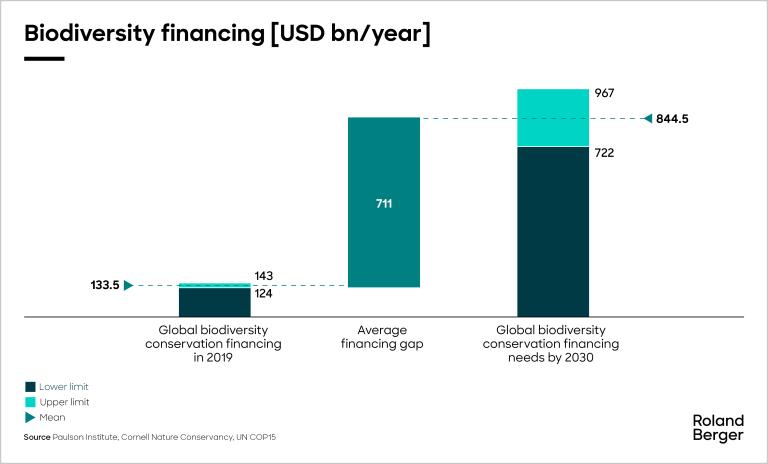
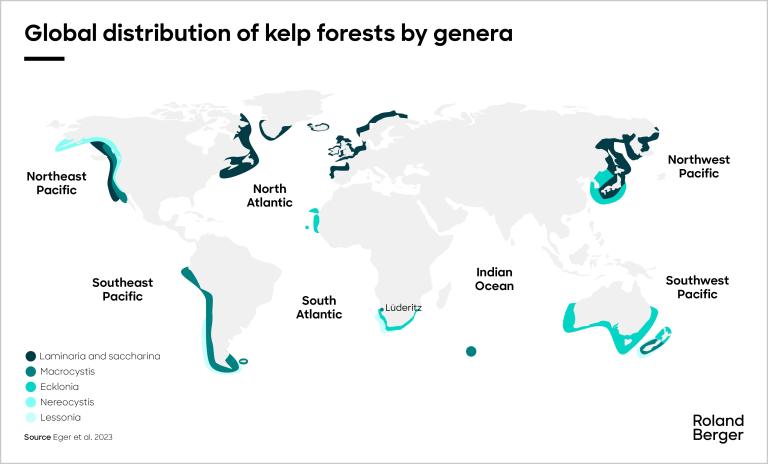
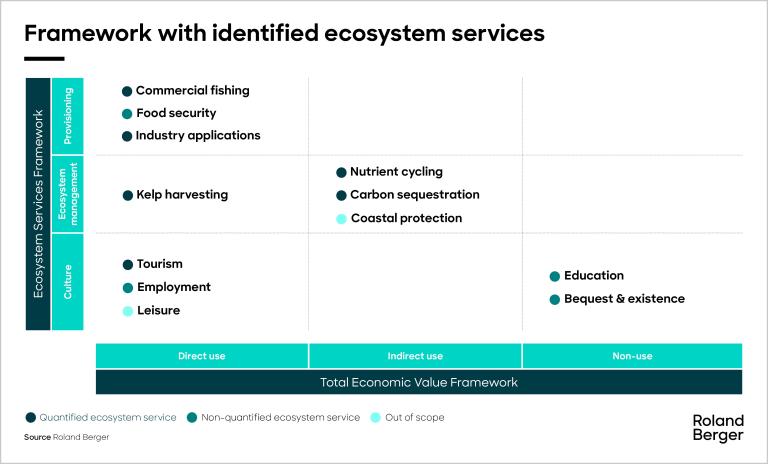
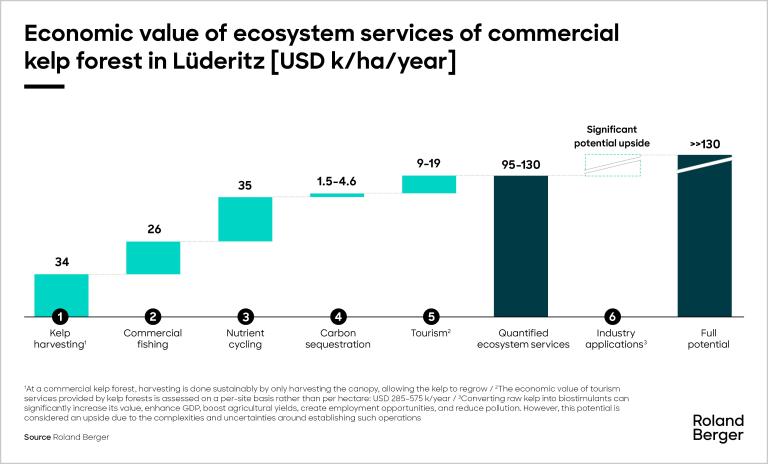


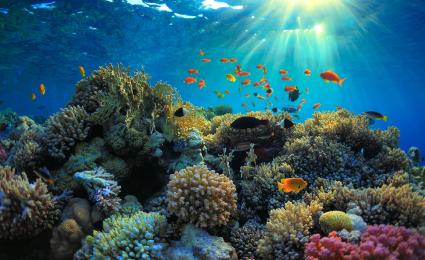
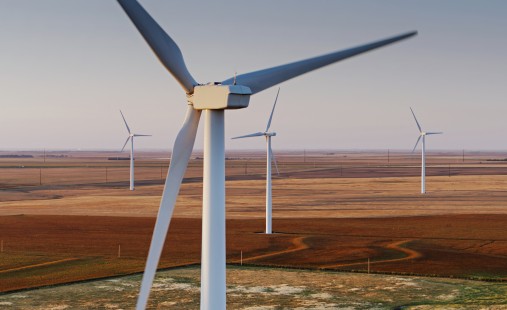
_person_320.png)

